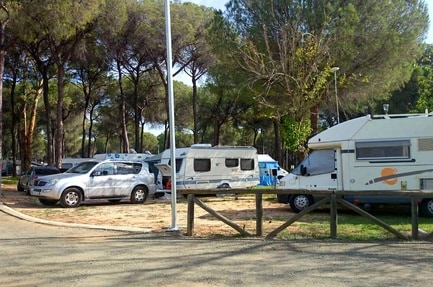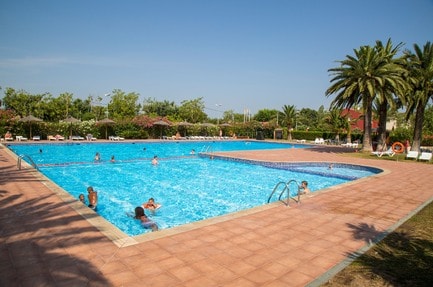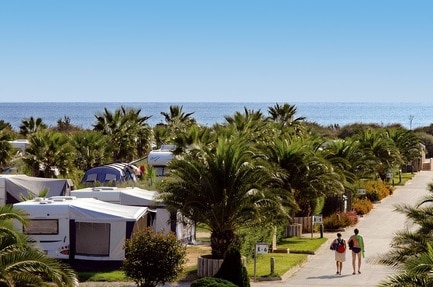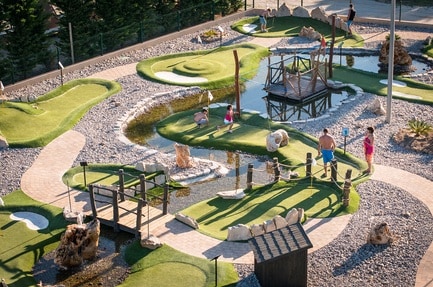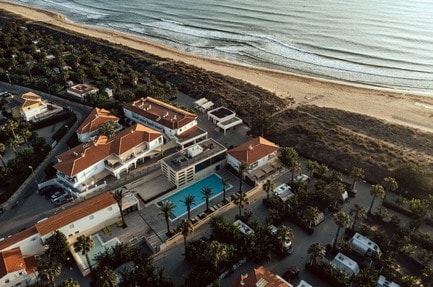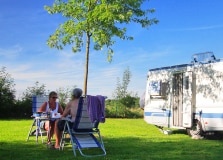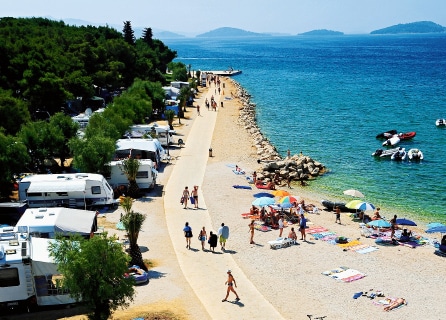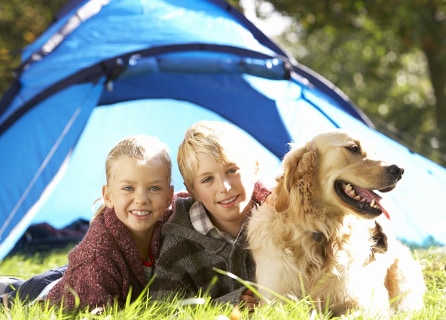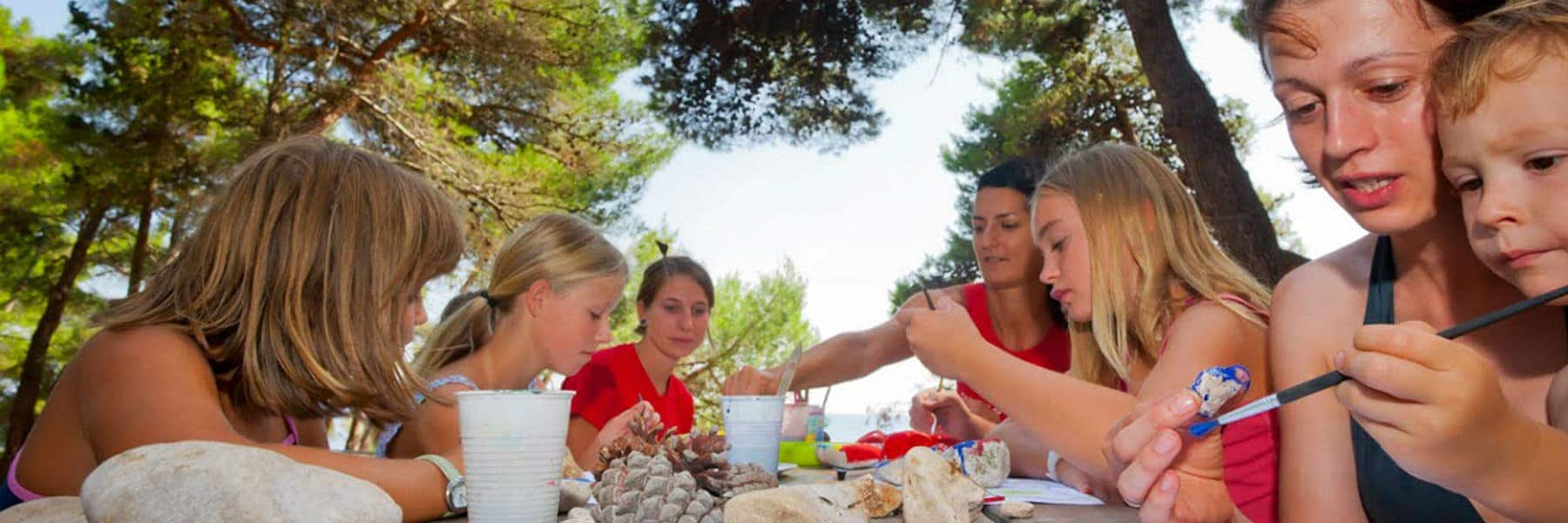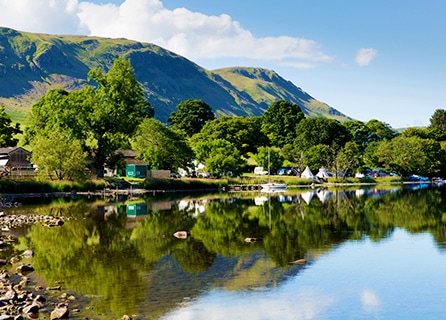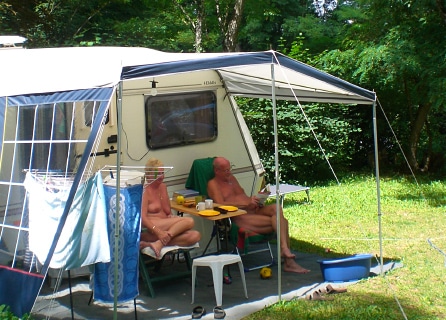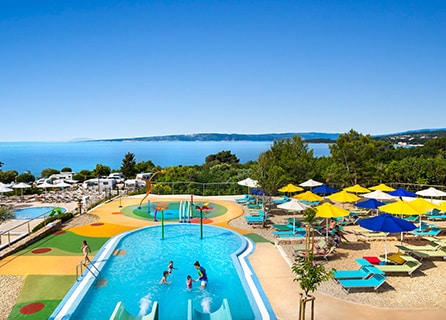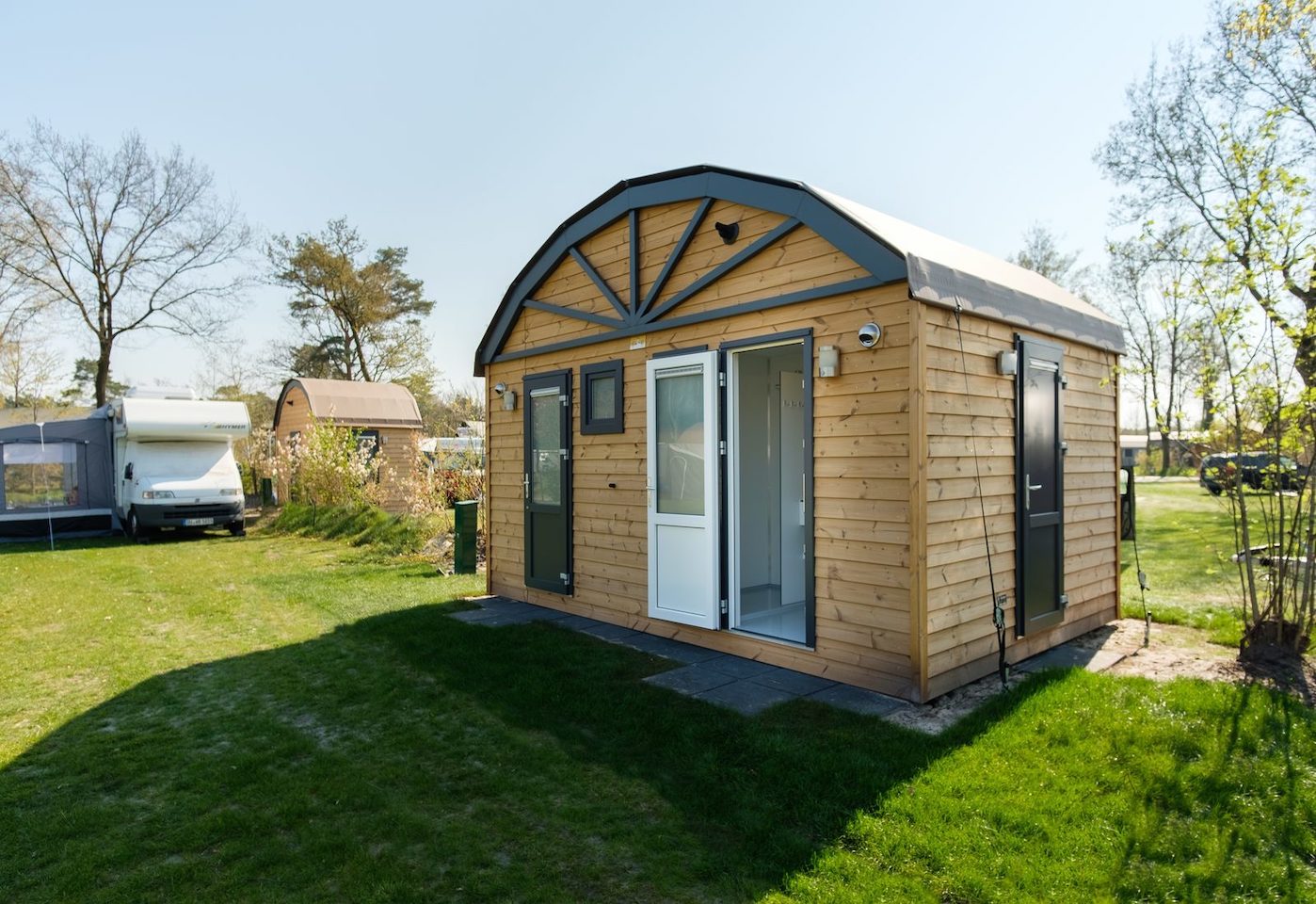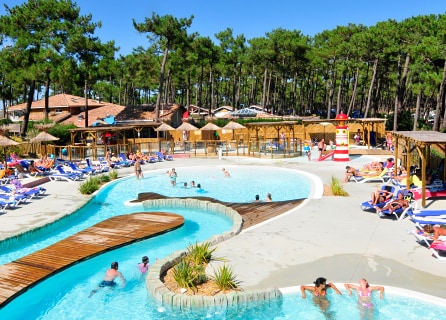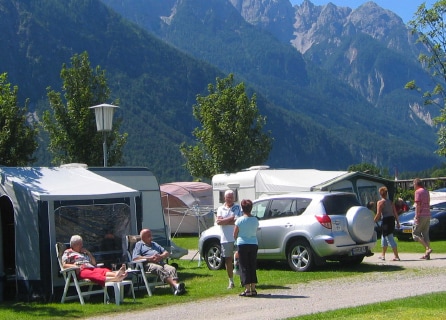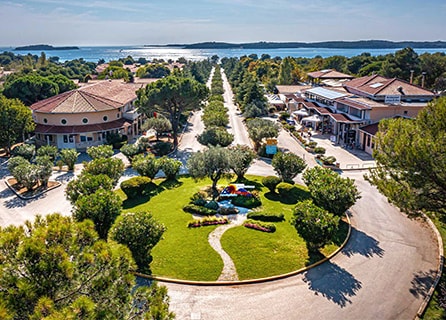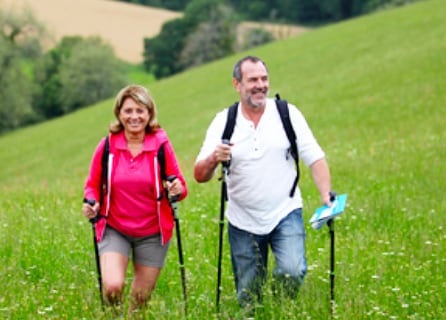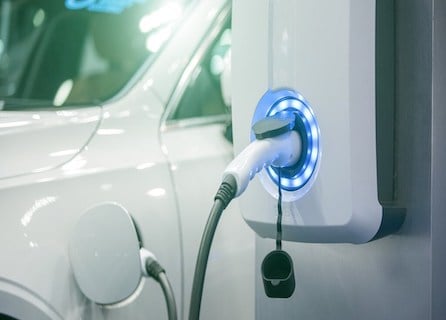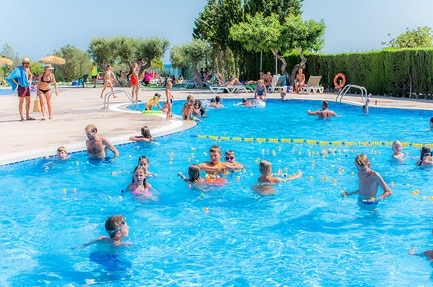
Find your campsite
Search on map
Popular campsites: Spain
BravoPlaya Camping-Resort
Spain - Valencia - Castellón - Ribera de Cabanes
BravoPlaya Camping-Resort is located on the Spanish Costa del Azahar, famous for its orange blossoms. South of Peñiscola and only 3 kilometres from the small beach...
Camping Playa Tropicana
Spain - Valencia - Castellón - Alcossebre
Camping Playa Tropicana is a medium-sized campsite directly next to the sandy beach south of Alcossebre. An indoor swimming pool with a jacuzzi, an outdoor...
Camping Las Dunas
Spain - Catalonia - Girona - Sant Pere Pescador
Campsite Las Dunas lies directly alongside a wide sandy beach in the picturesque Bay of Roses on the Spanish Costa Brava, the well-known coastal region...
Kikopark Playa
Spain - Valencia - Valencia - Oliva
On a peaceful street in a quiet Spanish village between Valencia and Alicante you will find Kikopark Playa, close to the local marina on a...
Camping Mas Nou
Spain - Catalonia - Girona - Castelló d'Empúries
The Catalan campsite Mas Nou is located on the Costa Brava near Figueres, the town from which the artist Salvador Dalí hails. You camp here...
Camping Globo Barcelona
Spain - Catalonia - Barcelona - Canet de Mar
Camping Globo Barcelona is located north of Barcelona. This family campsite has a wooded terrain and three outdoor pools. It's just a few minutes walk...
